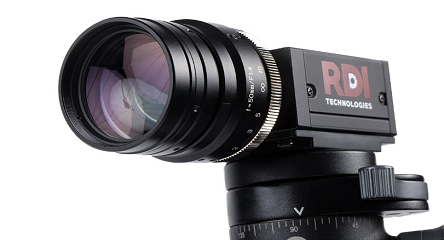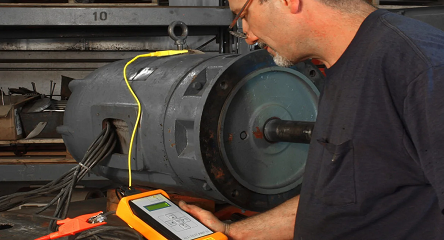It’s a question that gets asked a lot – “How do we know when we need to conduct an RCA”?
The answer is by using RCA triggers.
An RCA trigger is something that can be used to prompt us to conduct an RCA if the outcome of an event breaches a specific threshold. Conversely it also lets us know when we do not have to conduct an RCA based on the event not breaching a specific threshold.
These thresholds are based a business’s value drivers.
2 example of RCA triggers are…
Example 1: If an undesirable event occurs which results in $50,000 or greater to be spent from the maintenance budget than this would trigger an RCA. If the event is less than $50,000 then you would not perform an RCA.
Example 2: If an undesirable event of the same kind, say a pump coupling failure, occurs every seven days or less then you would do an RCA. If the event does not occur every seven days or less, then you would not do an RCA.
An RCA trigger, or a set of triggers, can be extremely helpful in making sure we spend the time performing RCA’s on the right events and not on the events that have little value to the business.
You can link a set of RCA triggers to form what is known as an RCA decision diagram. The RCA decision diagram helps to guide you through the various RCA triggers that you have in order to determine if you need to do an RCA or not.
Please beware, if you find that you are doing too many RCA’s based on the triggers and the thresholds you have set then you may need to adjust your trigger threshold limits in order to capture a manageable number of RCA’s. Alternately if you find that there are no RCA’s or very few RCA’s being triggered then you may need to adjust your threshold limits in the opposite direction.
These threshold limits should be dynamic in nature and change over time.
Initially your organization may be a very reactive resulting in you having higher threshold limits so you don’t overburden yourself with RCA’s but as you become less reactive and failures are starting to have a lesser consequence, then you may need to adjust your threshold limits down in order to still capture some of the undesirable events to perform RCA’s on.
Also, you probably won’t have the same RCA triggers as the organization next door to you, even if they make the same widgets as you. These RCA triggers are specific to your organization and how it is currently performing. You can choose some of the same categories, but the threshold limits will most likely be different.
Some might be thinking that this sounds like the consequence categories and criteria that your organization has in their risk matrix. This is true. You can utilize your organizations consequence categories and the criteria to initially develop your set of RCA triggers. Understand though that the criteria used in your organization’s consequence categories can be on the higher side of what an RCA triggered at.
I hope this answers the question around when to perform and RCA.


